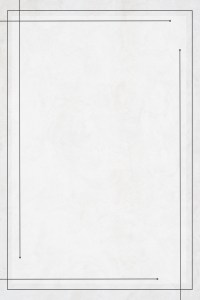Английский язык для медиков | страница 22
14. In… evening he reads… books. He usually goes to… bed at… half past ten. At… night he sleeps.
15. My father goes to… work in… morning and comes… home in… evening.
16. I get up at… half past seven in… morning and go to… bed at… quater to eleven in… evening.
17. When does your mother leave… home for… work?
18. She leaves… home for… work at… quarter past eight.
19. When do you leave… home for… school?
20. I leave… home for… school at… half past… eight.
Answer the questions.
1. What are the muscles?
2. What contraction produces various movements?
3. What may the muscles be divided from?
4. What does the nervous system control?
5. What does the muscular tissue consist of?
6. How many varieties of muscle fibres are there?
7. How many per cents does muscle tissue comprise?
8. For how many groups are all the muscles traditionally divided?
9. How sometimes are muscles called?
10. What does connective tissue connect?
Make the sentences of your own using the new words (10 sentences).
Find the definite and indefinite articles in the text.
Find one word, which is a little bit different in meaning from others (найдите одно слово, которое немного отличается от других по смыслу):
1) a) work; b) job; c) rest;
2) a) class; b) student; c) sea;
3) a) home; b) house; c) garage;
4) a) lift; b) down; c) rise;
5) a) white; b) pink; c) scarlet.
ЛЕКЦИЯ № 11. Bones
Bone is the type of connective tissue that forms the body's supporting framework, the skeleton. In addition, bones act as levers for muscles and serve to protect the internal organs from injury. They always act as a storehouse for calcium and phosphorus. The bone marrow inside the bones is the body's major producer of both red and white blood cells.
Bones vary somewhat according to a person's age and sex. The bones of women are generally lighter than those of men, while children's bones are more resilient than those of adults and tend to bend rather than fracture when abnormal pressure is applied to them. Bones also respond to certain physical physiological changes. For example, bones tend to atrophy, or waste away, when muscular activity in a region is decreased, as when a limb is afflicted with a paralytic disease.
Bones are generally classified in two ways. When classified on the basis of their shape, they fall into four categories: flat bones, such as the ribs; long bones, such as the thigh bone; short bones, such as the wrist bones; and irregular bones, such as the vertebrae. When classified on the basis of how they develop, bones are divided into two groups: endochondral bones and intramembraneous bones. Endochon-dral bones, such as the long bones and the bones at the base of the skull, develop from cartilage tissue. Intramembraneous bones, such as the flat bones of the roof of the skull, are not formed from cartilage but develop under or within a connective tissue membrane. Although en-dochondral bones and intramembraneous bones form in different ways, they have the same structure.






